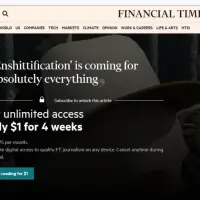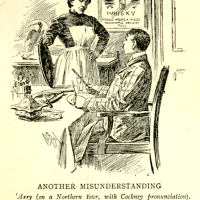 Have you considered spending some time expanding your reading this winter? Have you wanted to dig further into classic SF and authors like C.S. Lewis and J.R.R. Tolkien? This could be an engaging and inexpensive opportunity.
Have you considered spending some time expanding your reading this winter? Have you wanted to dig further into classic SF and authors like C.S. Lewis and J.R.R. Tolkien? This could be an engaging and inexpensive opportunity.
I don’t know of another experiment like the Mythgard Institute at Signum University. The entire community of teachers, writers, techs, managers, and students are committed to providing a platform where curious students of all ages and backgrounds can explore the kinds of books that are rooted in big ideas. These books–these authors, really–are the shapers of worlds, the “speculative cosmographers” that effect us today: Middle Earth, Narnia, Westeros, Avalon and wonderlands and Martian landscapes of all kinds.
I have the privilege of working with Sørina Higgins (of the Oddest Inkling blog) and Doug Anderson, a leading Tolkien scholar. Check out this list of readings and consider jumping in this semester!
REQUIRED
- Hothouse – Brian Aldiss
- A Case of Conscience – James Blish
- The Death of Grass (or U.S. title: No Blade of Grass) – John Christopher
- Childhood’s End – Arthur C. Clarke
- The Dark Tower and Other Stories – C.S. Lewis
- The Great Divorce – C.S. Lewis
- Out of the Silent Planet – C.S. Lewis
- Perelandra – C.S. Lewis
- The Screwtape Letters – C.S. Lewis
- That Hideous Strength – C.S. Lewis
- Sauron Defeated – J.R.R. Tolkien
ADDITIONAL READINGS
- A Wrinkle in Time – Madeleine L’Engle
- Poetic Diction – Owen Barfield
- The Worm Ouroboros – E.R. Eddison
- An Experiment with Time – J.W. Dunne






















as per my comment at The Oddest Inkling: totally engaging! given the influence of each on CSL, it might interest a student to compare Phantastes with Voyage to Arcturus.
Huh. That’s an interesting comment. I’ve been working on comparing Phantastes with Bunyan’s Progress. There is a core form to the adventure story (and all three are). But I think it is beyond that. I will read Arcturus this winter.
i like that approach. shd be interesting to hear your thoughts in this comparison!
…i find Voyage to Arcturus … creepy. not so Phantastes. (altho some might.)
I just downloaded an etext, but in the next few months I hope!
a good complement might be the audio at librivox.
I might do that…
Pingback: How Long ’til Black Future Month? by N.K. Jemisin (a review) | A Pilgrim in Narnia